Property value & aesthetics
Cleaner, odor-free, luxury environment with no visible trash pickup.
With Envac, you can eliminate curbside waste pickup so that residents and visitors can enjoy fresher air, quieter neighborhoods, and less traffic congestion. Whether you’re considering an AWCS (Automated Waste Collection System) in a new development, mixed-use community or retrofit, the Envac AWCS offers cities and residential areas a wide range of benefits over conventional truck collection.
Cleaner, odor-free, luxury environment with no visible trash pickup.
Less CO2 emissions
6 different waste fractions are managed
Even in challenging weather

Installing the Envac system can reduce the need for heavy waste transport in residential areas by up to 90%. That means fewer garbage trucks, less traffic congestion, and a quieter, safer environment for pedestrians and cyclists. It also significantly lowers carbon emissions and noise pollution—key benefits for modern, sustainable communities.
Envac’s hermetically sealed, sensor-driven system with optional touchless access eliminates litter overflow, deters pests, and prevents unwanted odors. By removing the need for traditional, overflowing trash rooms on every floor and bulky bins at ground level, properties can reclaim valuable square footage—opening up space for additional amenities, green areas, or premium living features. With its sleek, modern inlets and underground infrastructure, Envac enhances both the functionality and aesthetic appeal of any residential development—boosting curb appeal and long-term property value.
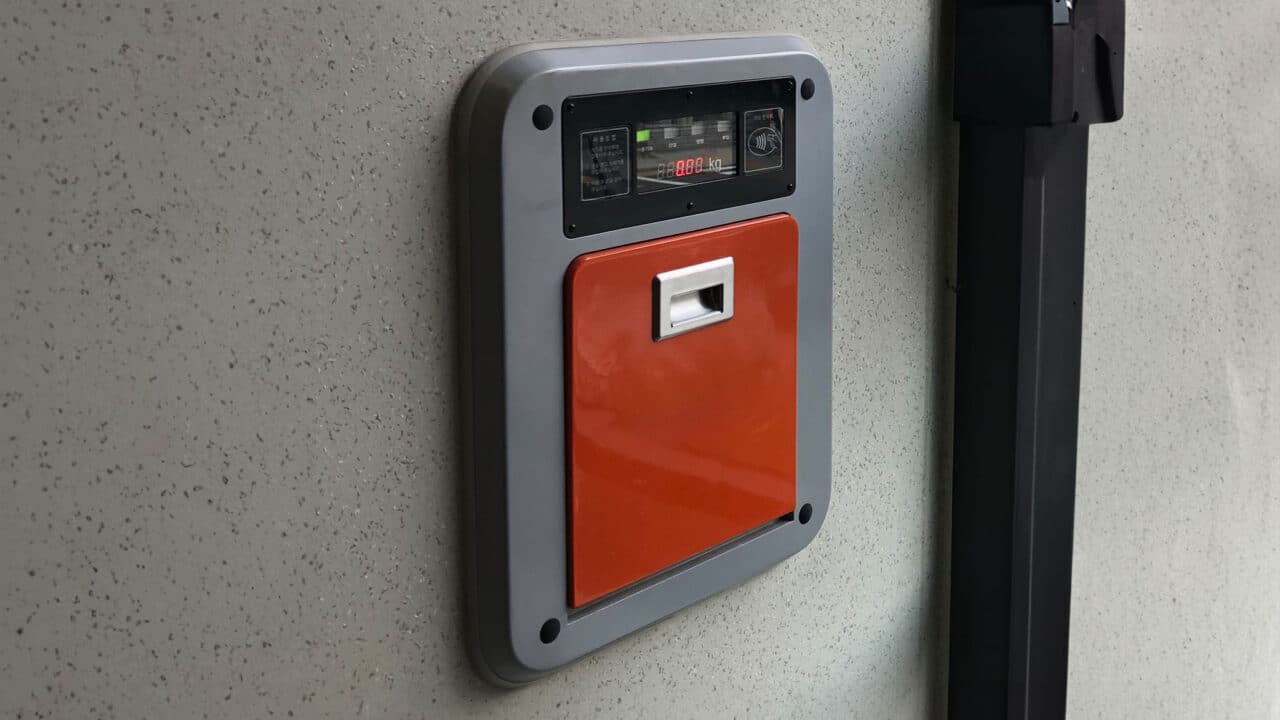
The indoor waste disposals points can be placed on each floor or in the entrance hall.
The Air inlet valve let transport air into the system at signal from the control system.
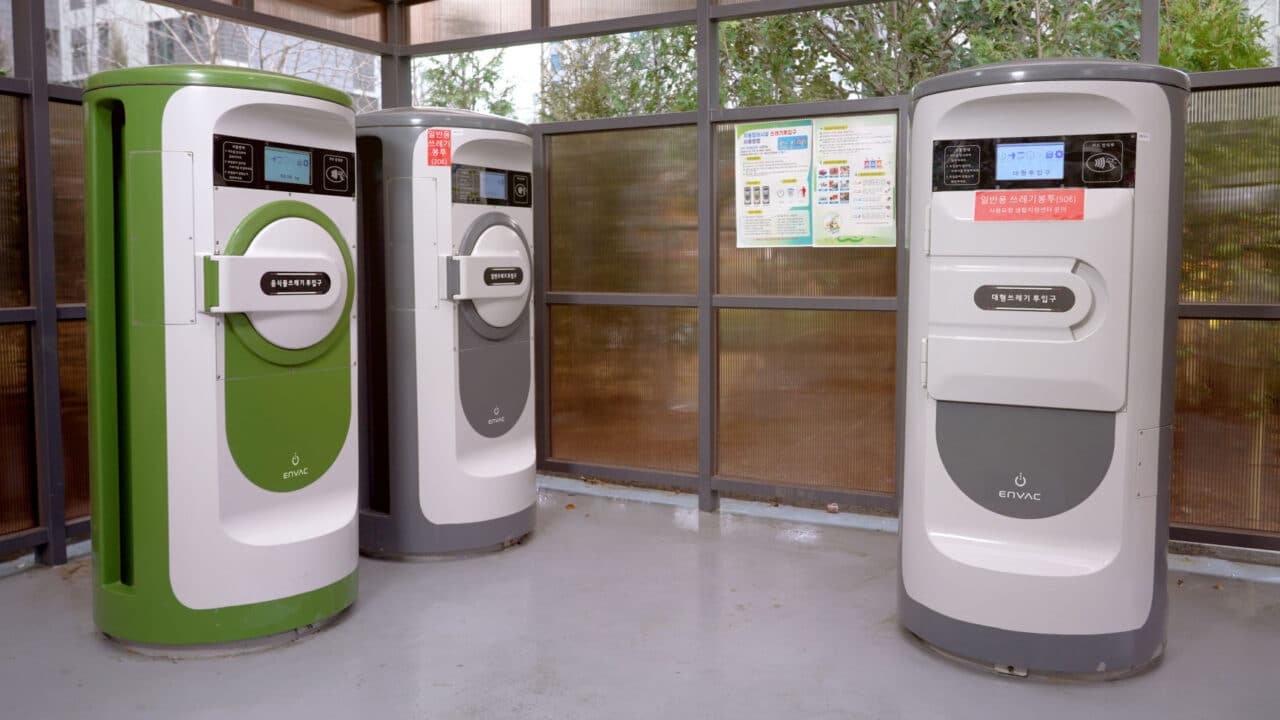
The waste inlets are connected to an underground pipe network that transports the bags from the inlets to the waste collection station.
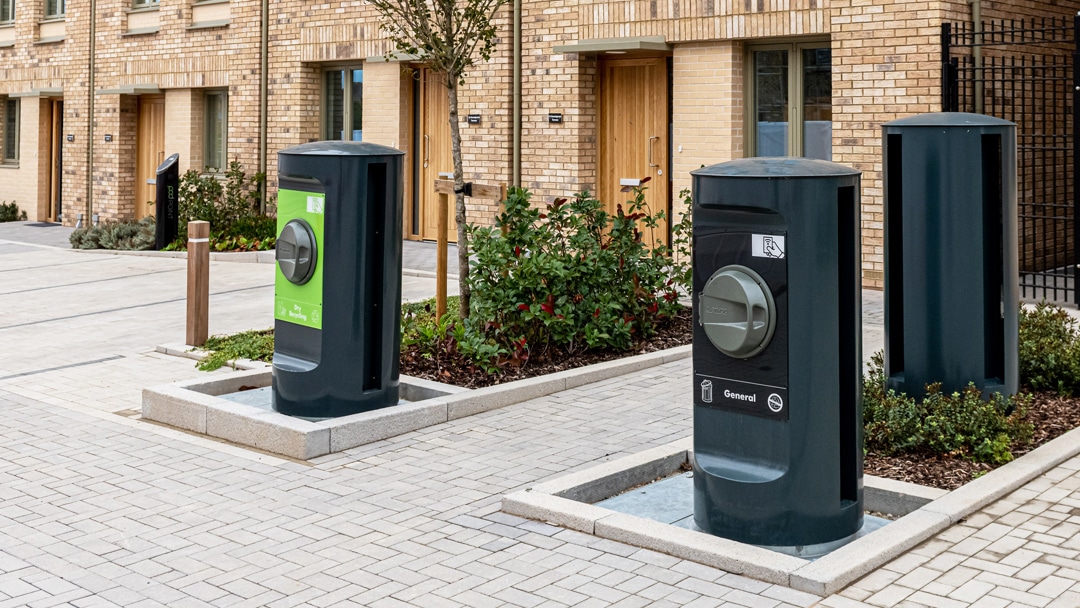
The inlets, one for each type of waste/reclables, are placed close to the building for comfort. The easier it is to dispose of sorted waste, the more will be sorted.
The sealed system removes foul smell and can be placed close to residential buildings, making littering a thing of the past. Our system reduces waste collection traffic and the noise, emissions and pollution associated with it by up to 90%, making city life greener, cleaner and more sustainable.
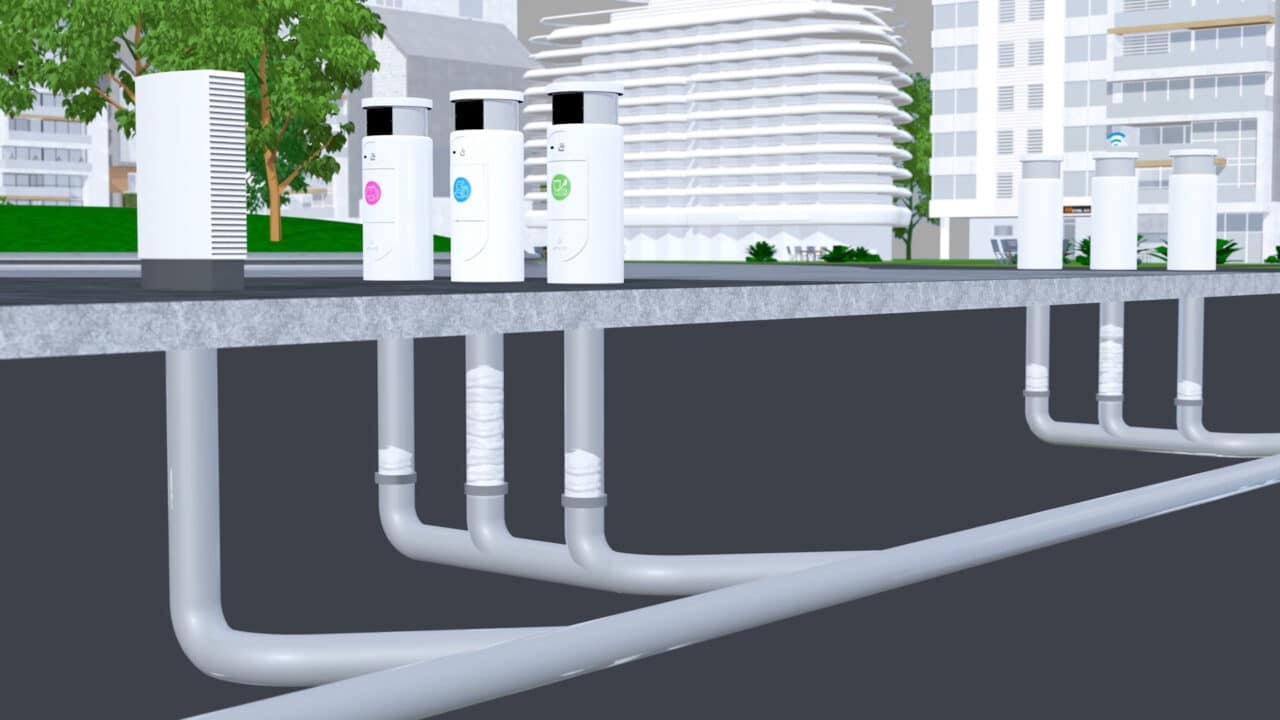
This is where the bags are stored until the chute is reaching full level. Sensors in the chute send a signal to the waste collection station and an emptying circle is started.
Powerful fans, in the station, create an airflow in the pipes. Transport air is let into the system.
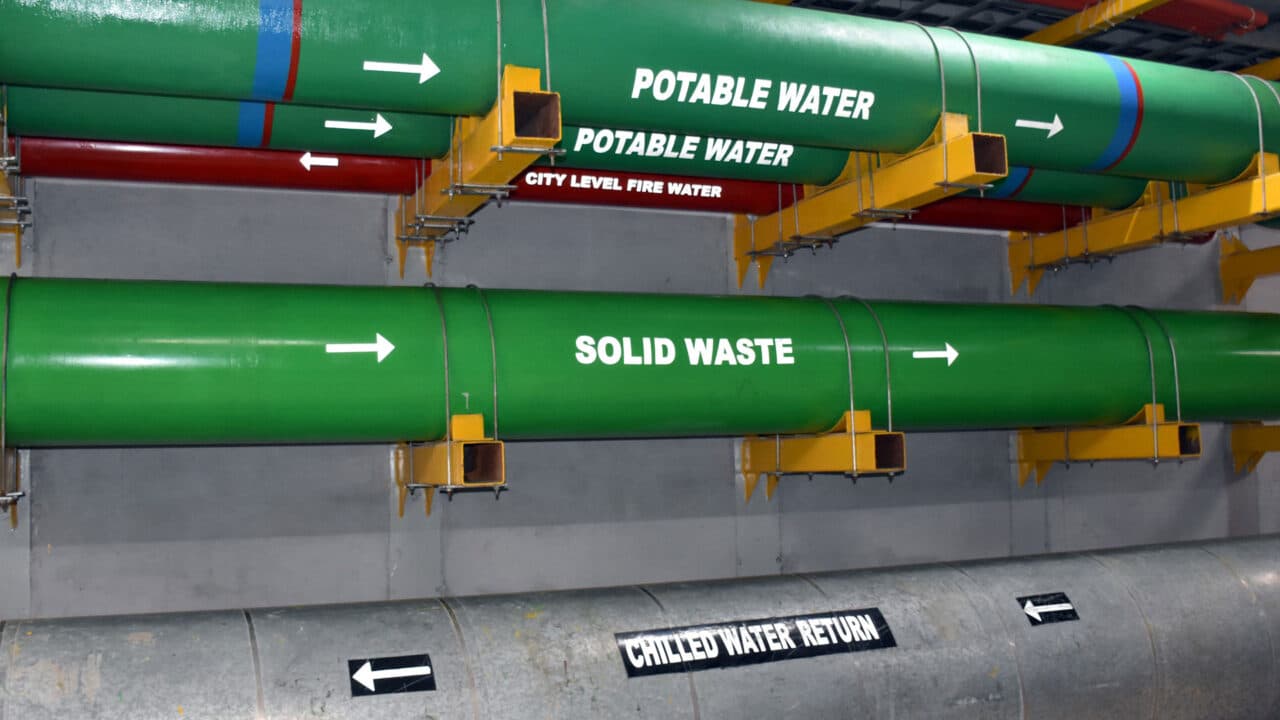
The bags are transported to the collection station at 70 kph.
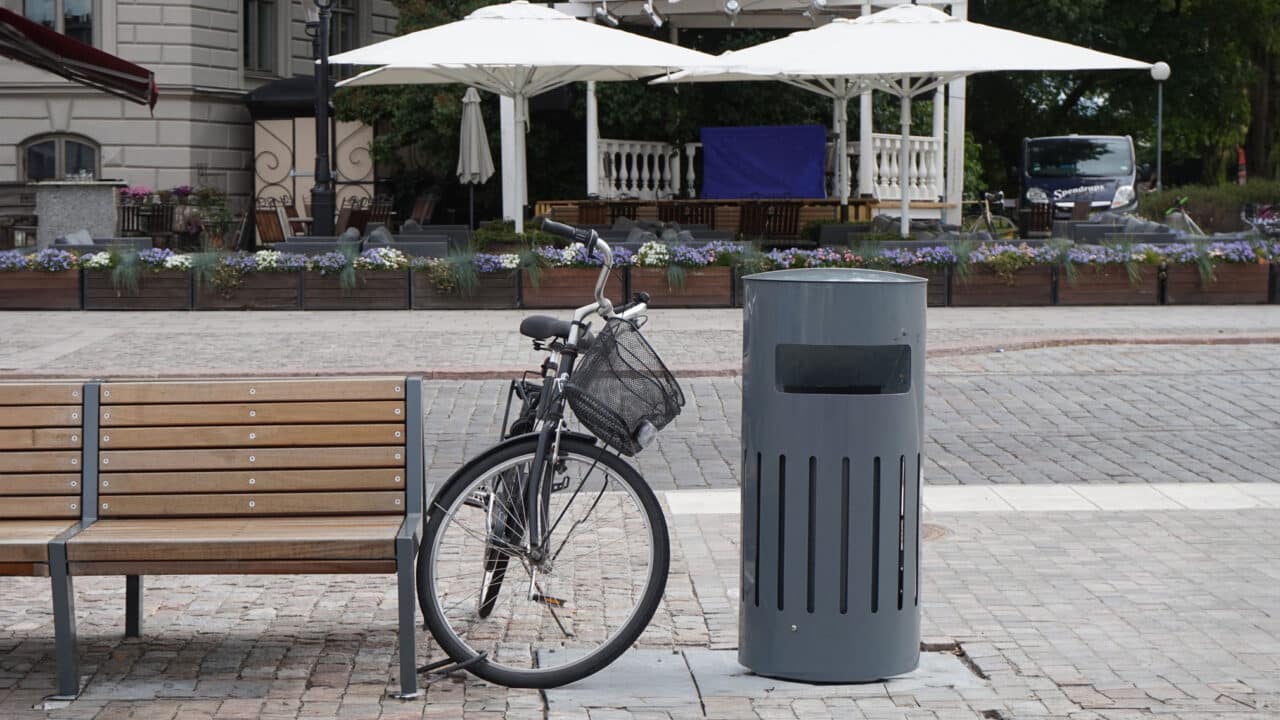
Self-emptying litterbins can be connected to the system.
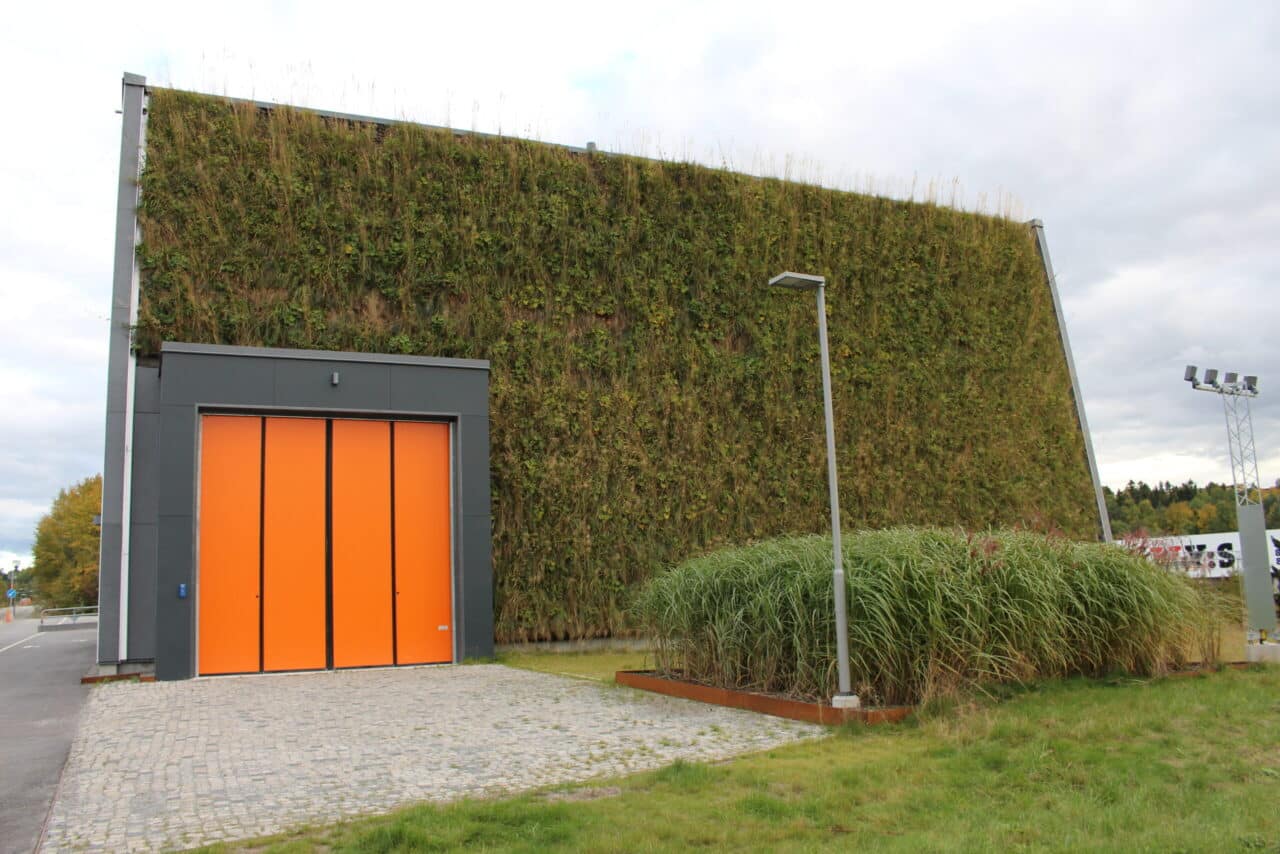
The waste collection station is located as far away as possible from the apartments, ideally close to a main road.
With Envac there is no longer need for trucks to drive up to each building to collect household waste, it is collected at the terminal building only.
The area becomes less noisy, the street environment safer and the air cleaner.
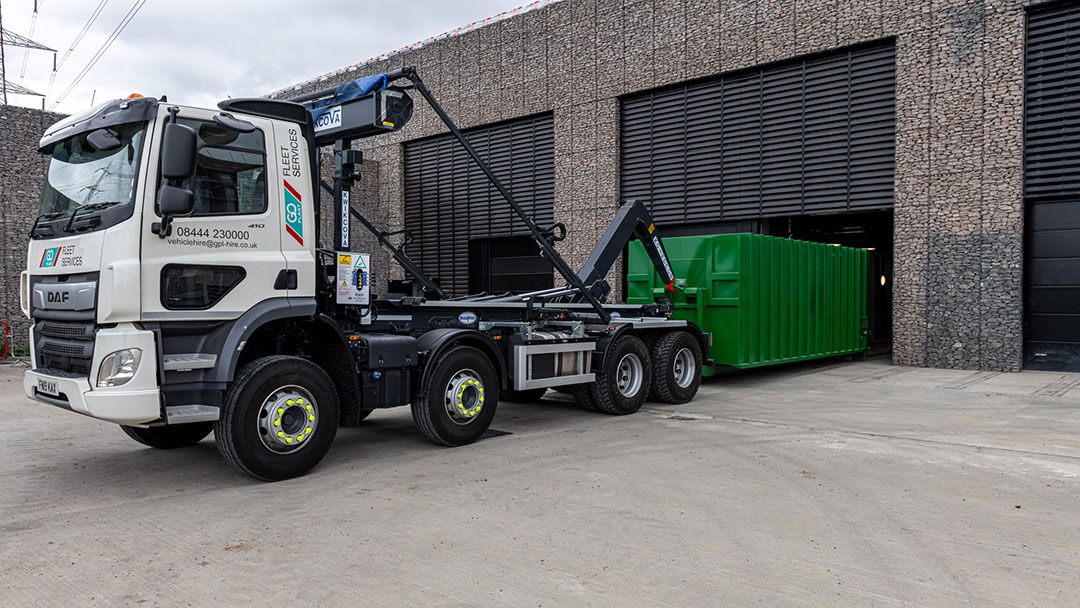
When a container is full, it is detached from the compactor and loaded onto a truck for transport to the recycling center, where it is emptied and returned.
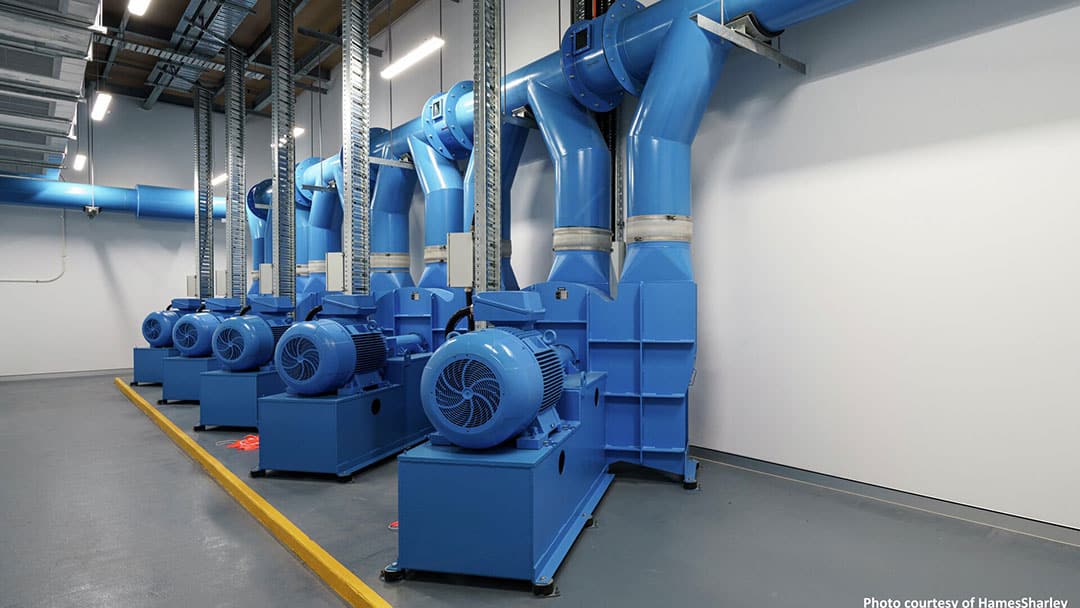
Powerful fans generate the necessary airflow in the pipes to transport the waste to the terminal.
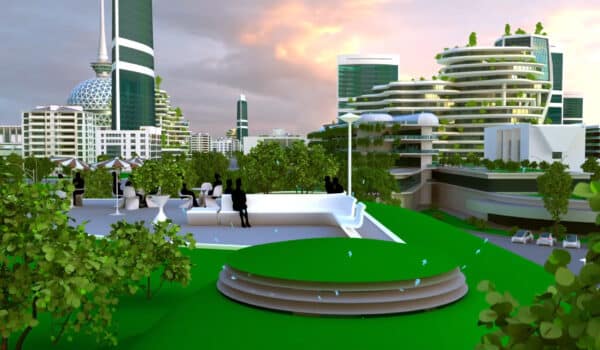
The transport air is filtered before release, making it cleaner than when it first entered the system.
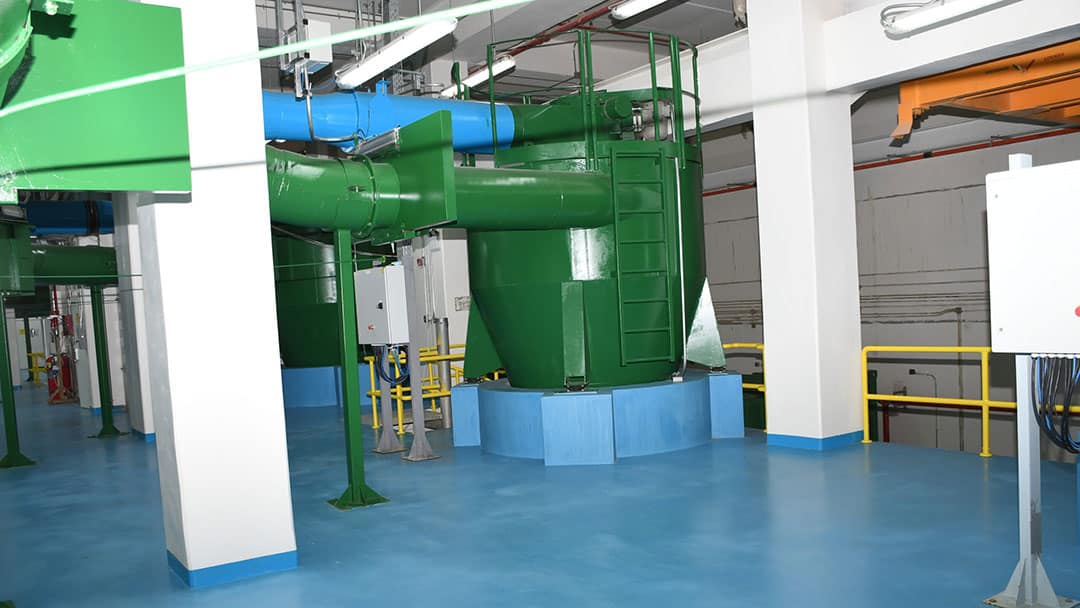
In the cyclone, the transport air is separated from the bags, allowing the bags to slide toward the compactor under the combined effect of the cyclone’s and gravity.
When the waste reaches the compactor from the cyclone, a vertical tray pushes it into the container to make the most of its capacity.
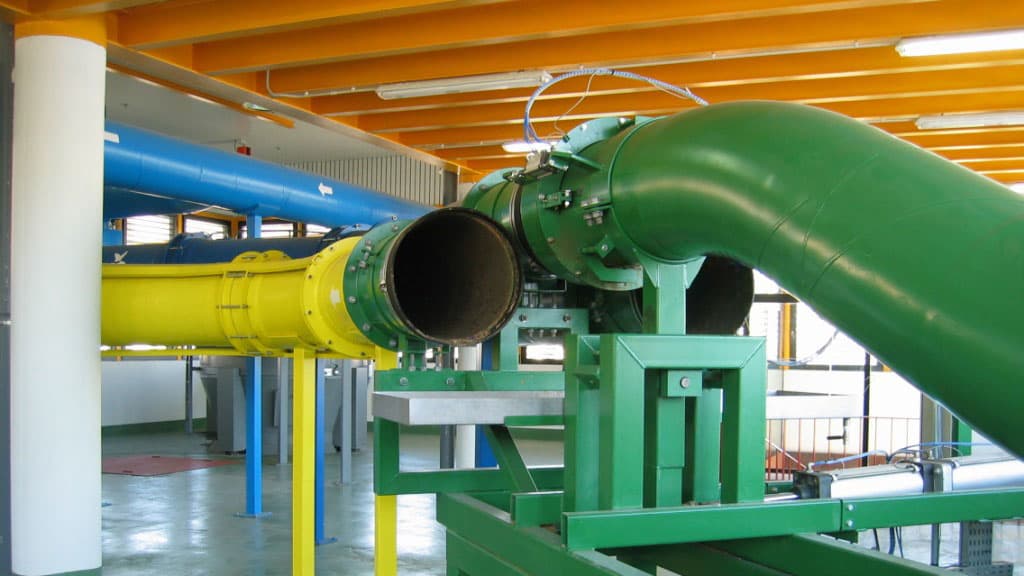
Once the waste reaches the terminal, it is directed to its corresponding cyclone through the diversifying valve. So, each type of waste will reach the container for its fraction.
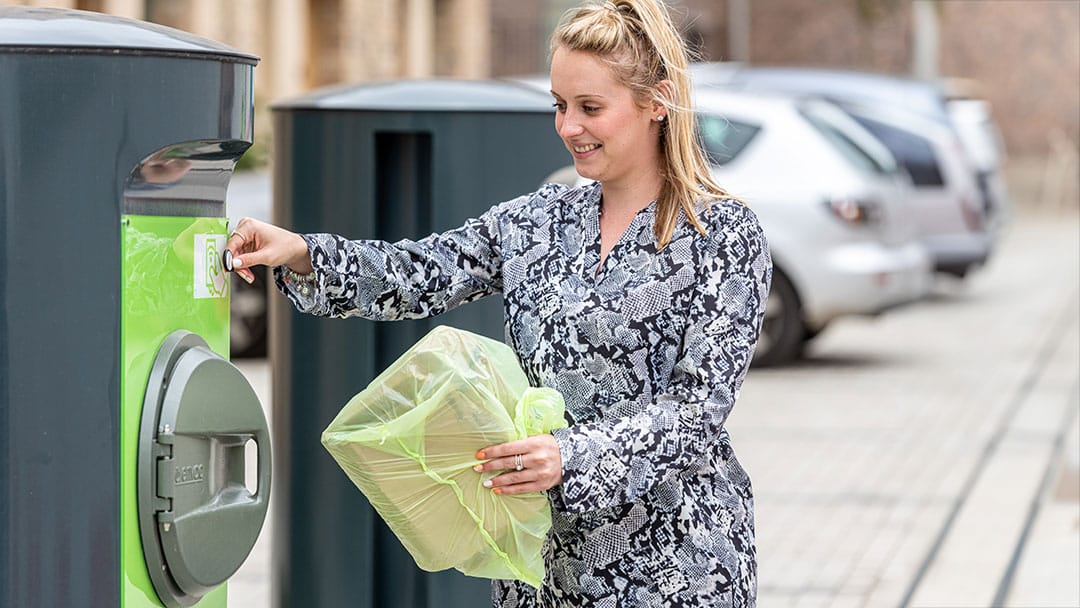
The resilient system is part of the smart city’s infrastructure and available 24/7/365.

Automated waste collection drastically reduces manual labor and associated costs. It simplifies the collection process by automating it, making collection and management much more efficient and reliable, with round-the-clock availability not affected by strikes, weather conditions, or pandemic-like events.
Unlike traditional waste collection, which isn’t based on data and analytics, the Envac system can digitally adapt to an area’s needs. Sensors that track fill levels and provide real-time monitoring ensure that waste is only collected when necessary, preventing overflow and underutilization of resources.
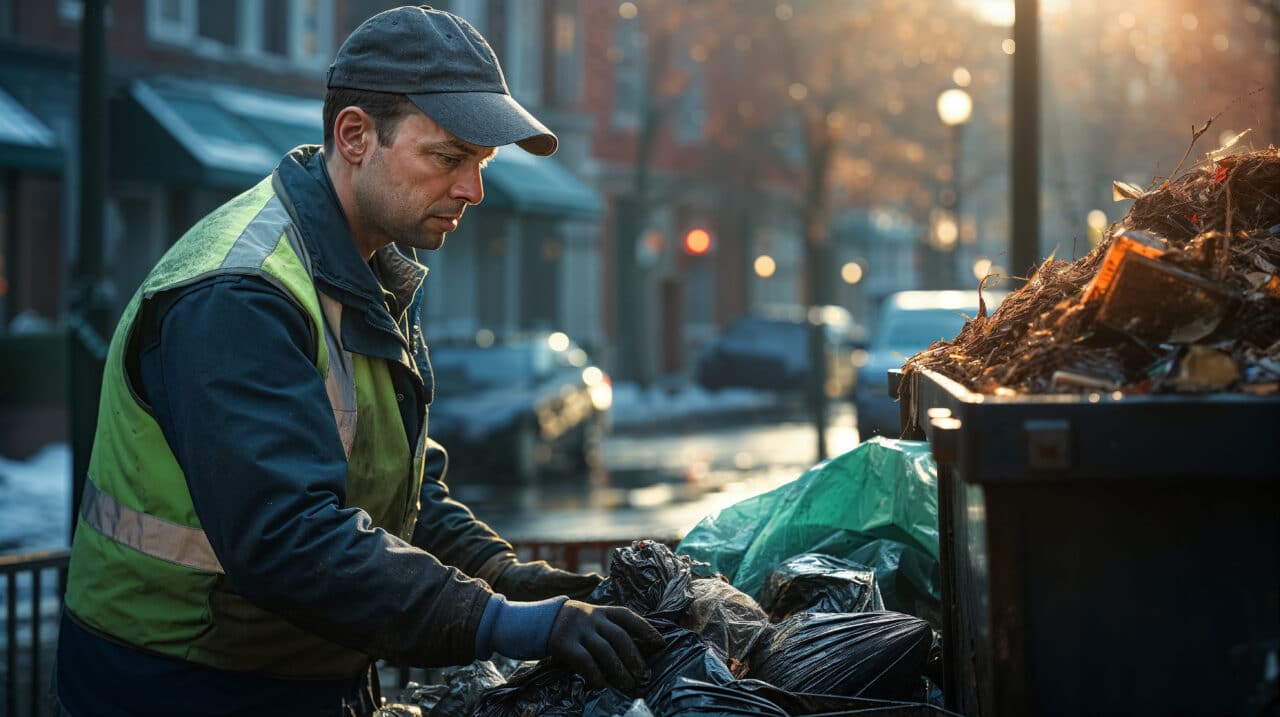
Being a solid waste collector can be dangerous anywhere in the world. For example, the report Waste Statistics in Great Britain shows that the UK waste industry has the second-highest accident ratio per 100,000 workers, with most injuries coming from manual handling.
The Envac system provides workers with a better workplace environment. There is almost nothing to lift and drag, and since there is virtually no physical contact with the waste, they can avoid spreading infections or cutting themselves.
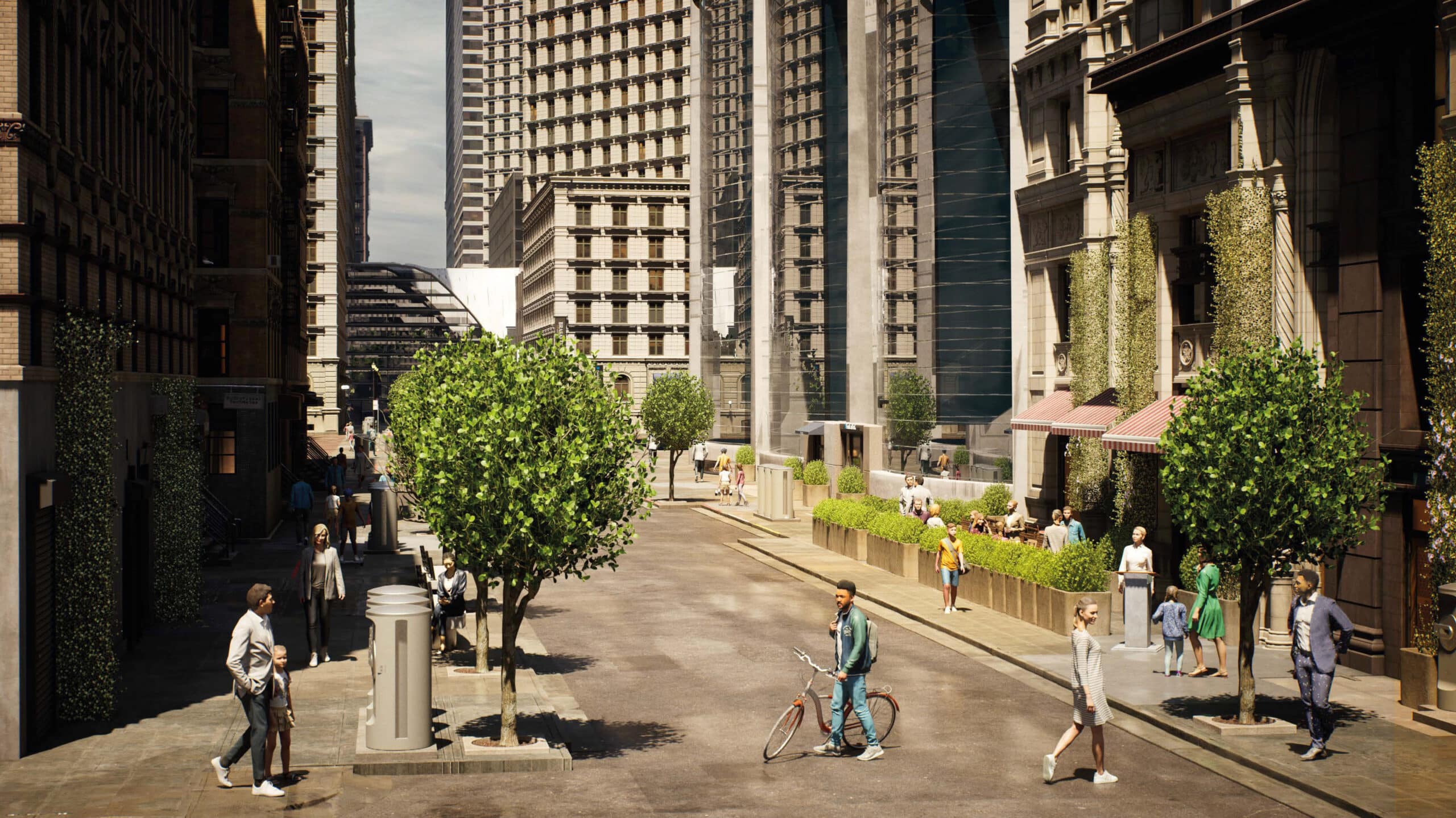
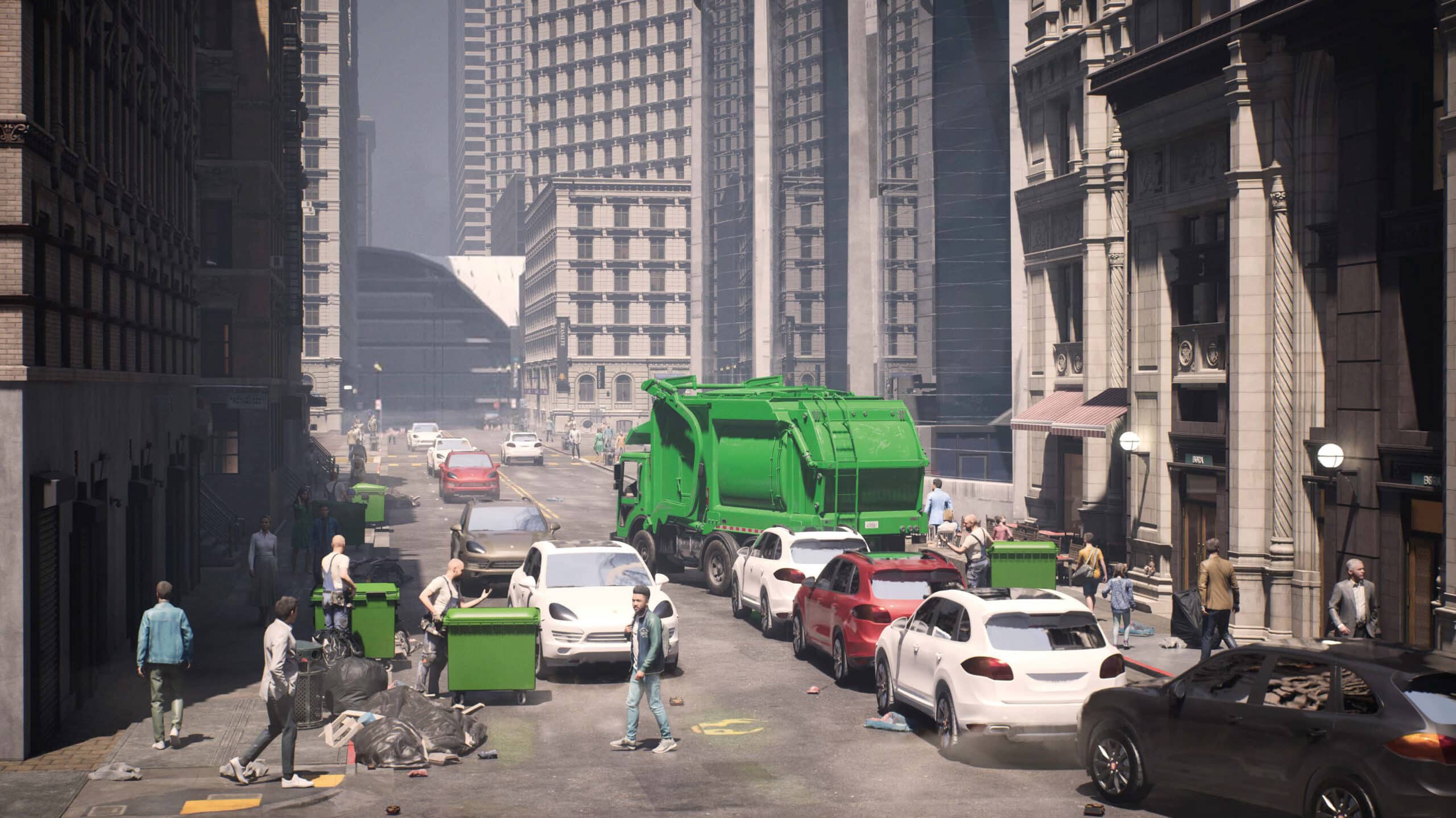
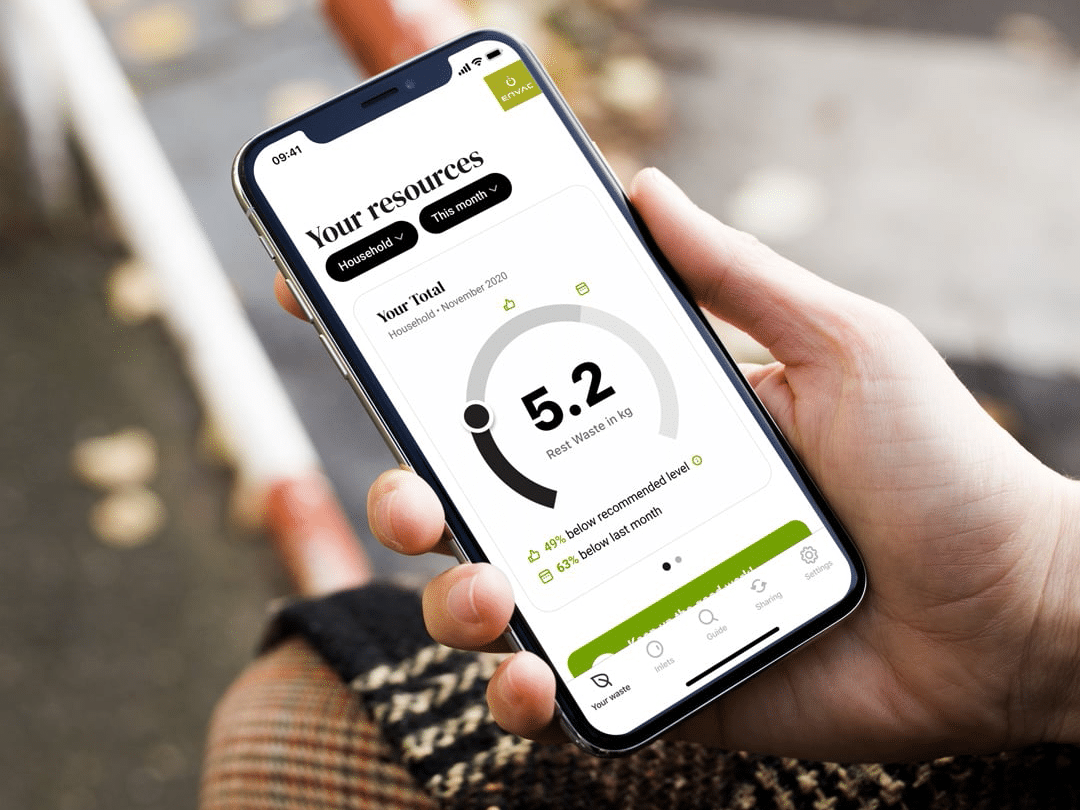
Cities worldwide are incorporating technology to monitor, collect, and process waste to minimise resource use, reduce costs, and improve service to residents. It involves using sensors and interconnected devices to gather real-time data and efficiently manage resources. Citizens, too, can use an app to view their waste volumes, get feedback on recycling habits, and get guidance on contributing to the neighbourhood’s environmental goals.
Envac’s ReFlow, a smart waste management application, can help transform waste management digitally and help your city become more efficient, transparent, and sustainable.
Envac provides customized waste management solutions for urban residential areas, offering municipalities and developers opportunities to optimize their needs. These tailored solutions create unique, sustainable urban spaces that cater to diverse requirements regardless of the area’s size.
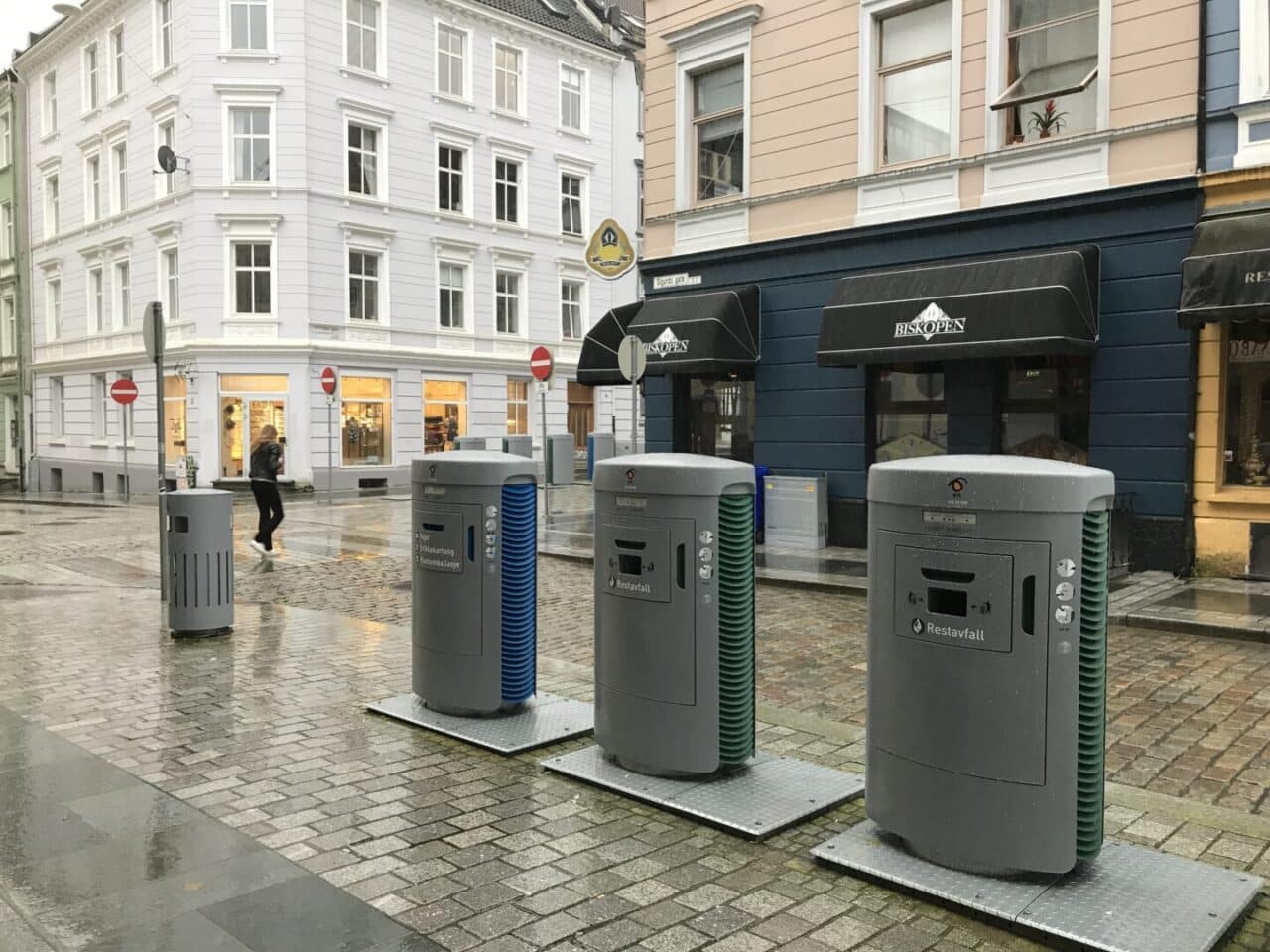
By transporting waste through a sealed underground pipe network, this system eliminates the need for traditional bin collection, reducing noise, emissions, and traffic congestion. It offers a cleaner, more efficient, and sustainable approach to modern waste management.
Our innovative waste collection system helps shape smart and sustainable cities. By reducing emissions and providing clean, green and sanitary waste inlets for both residents and commercial actors, we want to improve the quality of life in the city.

Cities Bergen, Norway
Proud of its historical city center, with narrow streets and wooden buildings, Bergen has taken steps to safeguard its cultural heritage from fire. By opting for pipe-based waste collection instead of traditional bin-based collection, Bergen has become a global trailblazer.
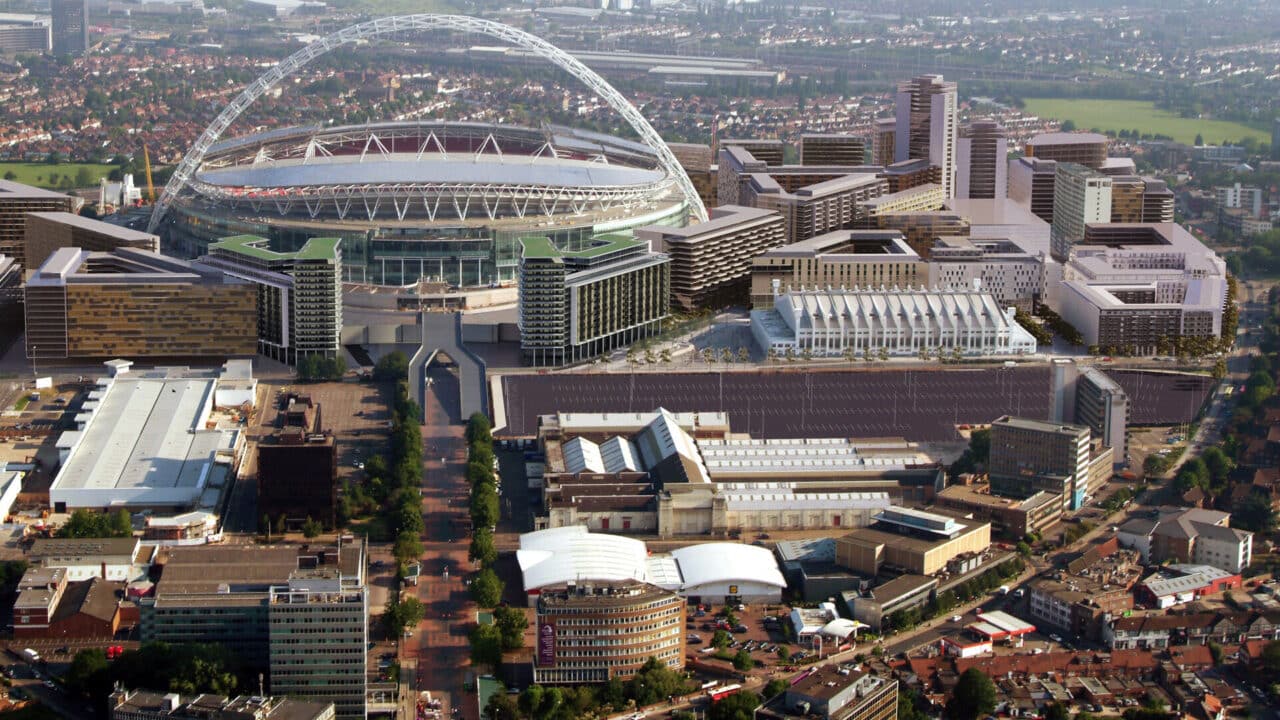
Cities London, UK
The UK’s first pneumatic waste collection system, saving space and boosting recycling rates. Seamlessly integrated into Wembley Park’s vibrant urban landscape, it enhances public spaces, supports sustainability goals, and sets a new benchmark for modern city living.
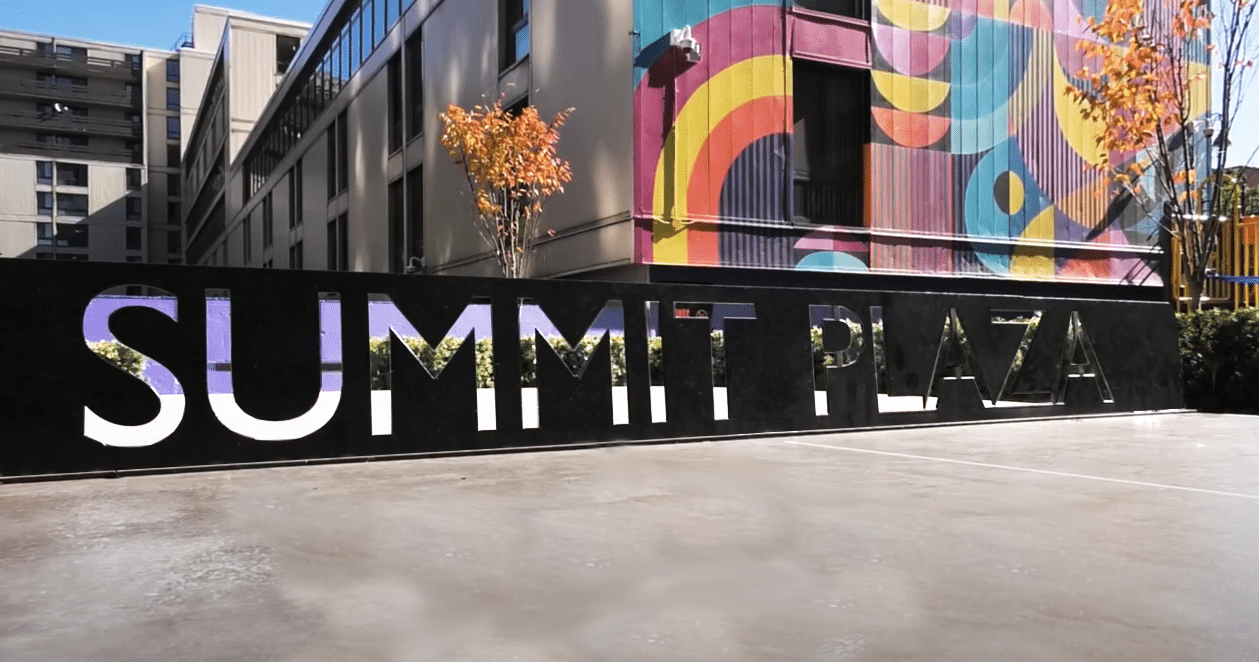
Cities Jersey City, NJ
Summit Plaza, situated in Jersey City, stands as New Jersey’s largest privately-owned Section 8 housing complex, accommodating over 1,200 individuals. This includes vulnerable populations such as long-term residents, elderly and disabled individuals, and families with more than five members, as defined by HUD. The Envac automated waste removal system was installed in 1972, and is still running strong today, effortlessly removing residential waste, over fifty years later.
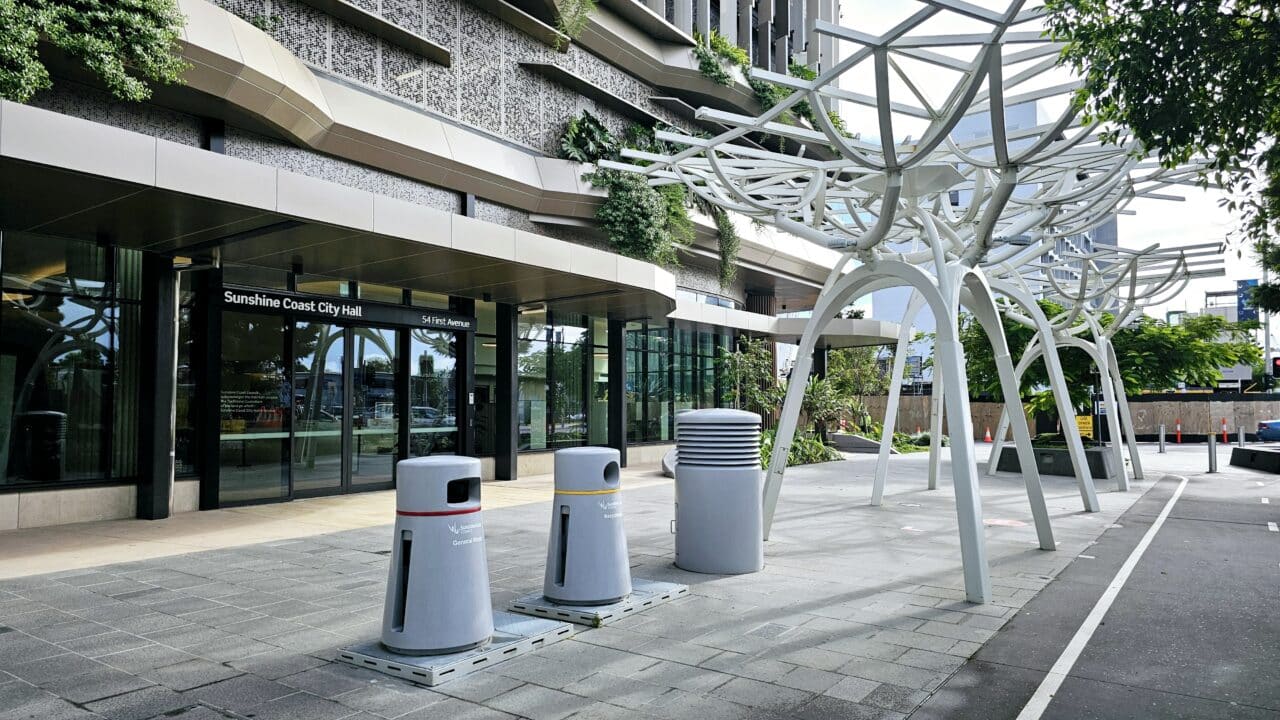
Discover how Envac’s automated waste collection system redefines smart city infrastructure. By reducing traffic, emissions, and noise through underground vacuum technology, it enhances urban hygiene, supports sustainability goals, and integrates seamlessly with IoT and AI for future-ready cities.

Traditional waste management systems often fall short in meeting the demands of modern urban living. Envac’s custom waste collection systems offer a revolutionary solution, blending luxury, sustainability, and practicality to elevate property value and enhance the resident experience.
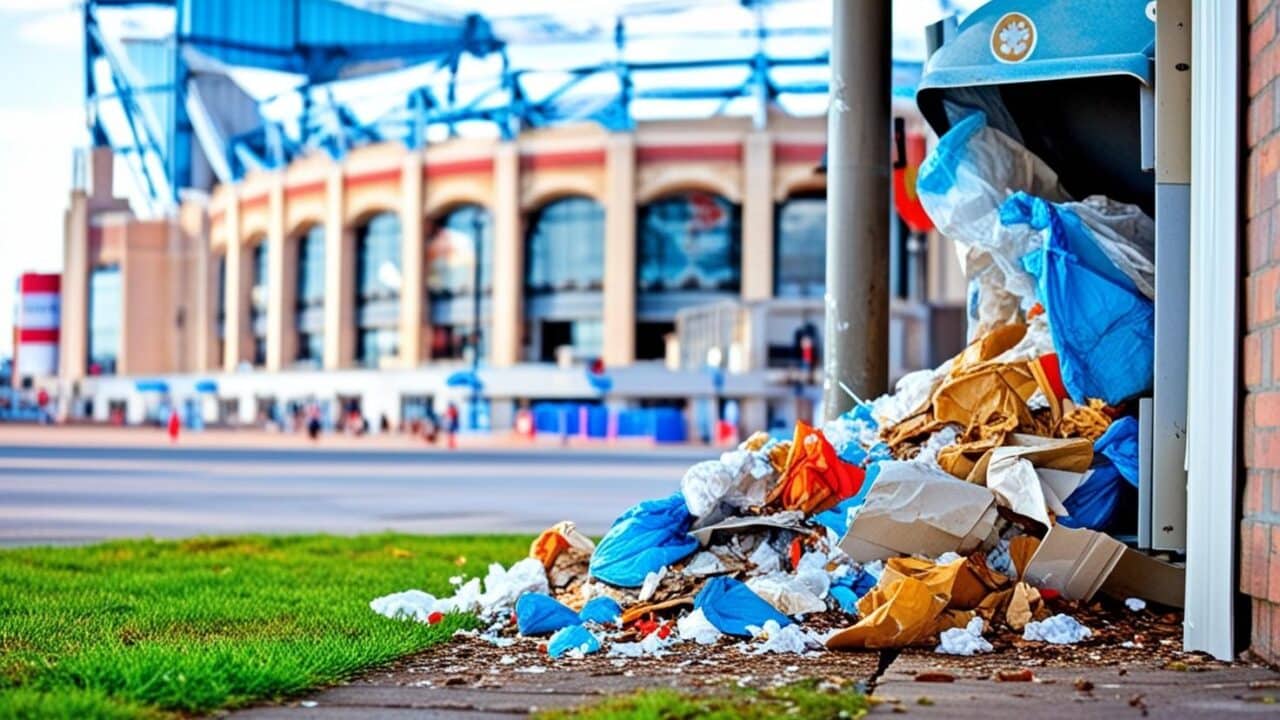
Discover why automatic waste collection systems should be integrated into stadium rebuilds. Enhance operational efficiency, support sustainability, and improve the fan experience with innovative waste management solutions.